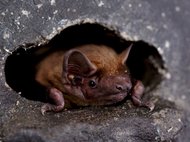
Ephemeral Resource Adaptations
Resources fluctuate in their availability daily, seasonally and sometimes unpredictably. We are interested in the strategies animals have developed to deal with this, especially long and short distance movement, and how this can be optimized by social information transfer and alternative strategies in animals that cannot follow resources through movement behavior such as migration.








